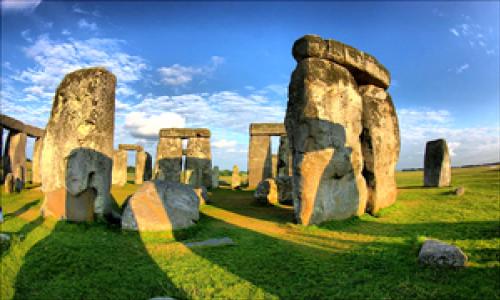When we think of the Earth’s history, it’s easy to get lost in the vast expanse of time that spans millions of years. One of the most tangible records of this history lies beneath our feet: หิน เดิน ได้. These seemingly simple and unassuming objects hold within them a wealth of information about our planet’s past, evolution, and the forces that have shaped it over eons. In this exploration of geology, we delve into the captivating world of stones, unearthing the mysteries they unveil about the Earth’s history.
Imagine holding a stone in your hand. It might feel solid and unchanging, but this unremarkable object holds secrets that stretch back to the beginnings of Earth. The study of stones, known as petrology, offers us a window into the planet’s geological history, revealing the processes that have molded and transformed the Earth’s crust over billions of years.
Every stone has a story to tell, and a single paragraph within its composition can encapsulate epochs of time. From the fiery birth of rocks through volcanic activity to the gradual cooling and solidification of minerals, stones encapsulate a tapestry of geological events. The minerals present, the grain size, and the arrangement of particles within a stone offer clues about the conditions under which it formed. Thus, a seemingly ordinary stone becomes a portal to the distant past.
Stones are more than just inert matter; they are records of Earth’s dynamic changes. The layers of sedimentary rocks, for instance, hold the stories of ancient oceans, continents, and the life forms that once inhabited them. Fossils, preserved within stone, provide snapshots of prehistoric life, allowing scientists to reconstruct the flora and fauna of bygone eras.
Over time, stones also reveal the relentless forces that have shaped our planet. The immense pressure and heat deep within the Earth cause rocks to metamorphose, transforming them from one type to another. The majestic beauty of marble, for example, emerges from the metamorphosis of limestone over millions of years. The cycle of erosion and deposition, driven by wind, water, and ice, sculpts landscapes and carves canyons, leaving their marks etched in stone.


